dfp-music
Kodak Black Says He No Longer Wants to Collab With Drake After He Made ‘Her Loss’ With 21 Savage

Everything Takes Time: T-Pain, Big Boi, Kelis, and Lil Jon on the Art of Side Quests

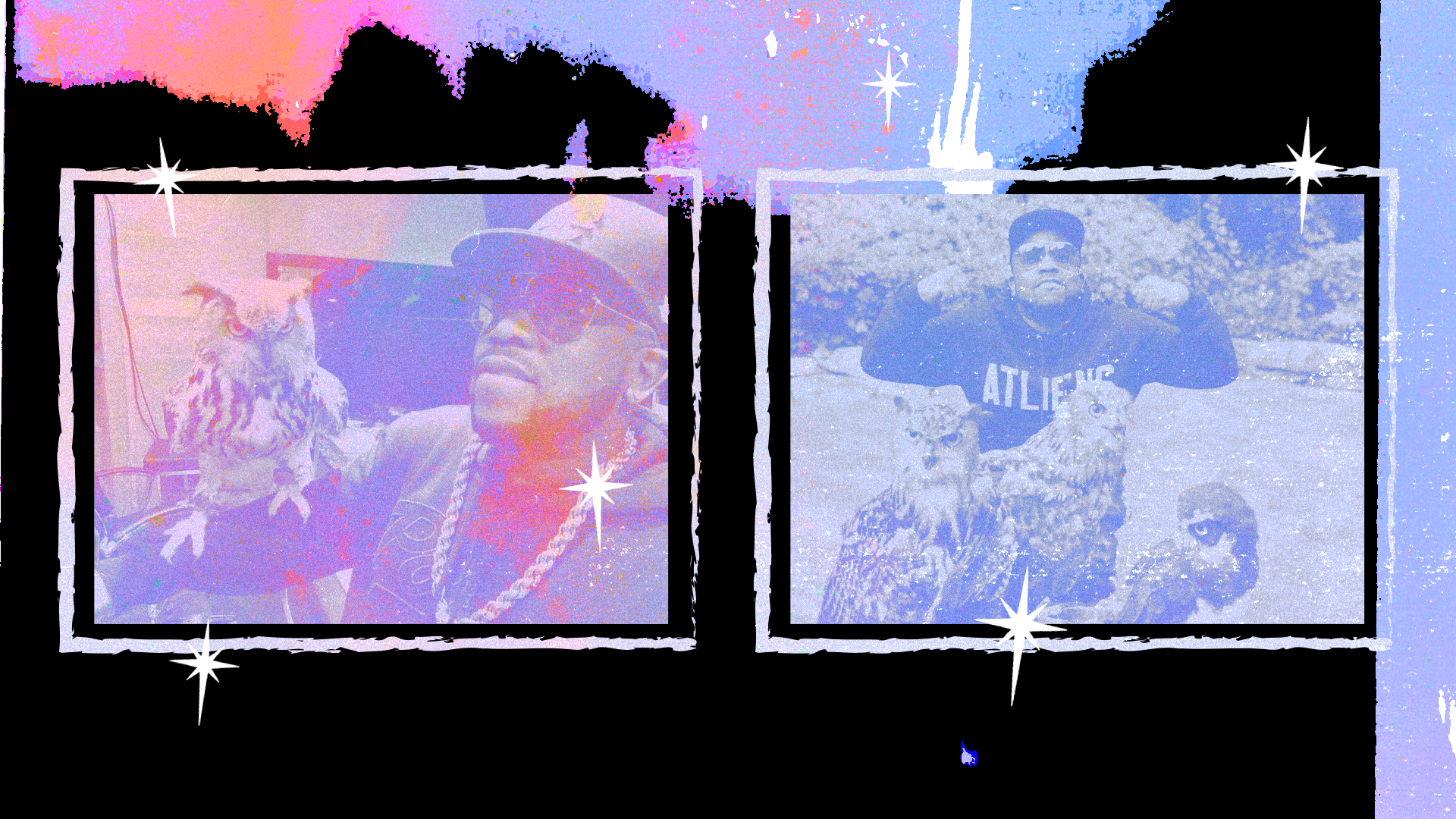
As some musicians find time for second careers, perhaps the most talked-about hobby of any rapper belongs to Big Boi’s title of pet dad. The Dungeon Family mainstay has loved animals for as long as he can remember, or at least since his grandfather would let him and his brothers look after his German Shepherd puppies, he tells us.
These days, however, Big Boi is the owner of four owls (Hootie, Simon, Whodini, and Tula; “That’s enough for right now,” he says), 40 to 50 French Bulldogs, a pet tiger Bodhi who stays at a zoo, and some fish friends as well. His massive collection of pets uses his just-as-massive 40 acres of land in Atlanta. So while his love for creatures has been ever-present, Big Boi knows it might catch others off guard, and he’s seen it first hand. “People get a chance to get a glimpse into your personal side, and of course they’re gonna be confused,” he explains over Zoom.
“You can go back as far as the early OutKast albums. We had the pitbulls, then we had the frenchies and stuff like that,” he says. “It’s just a cool thing to have quality animals, and you can create something so beautiful that can be an extension of somebody’s family and their home and bring joy to their kids. This ain’t just some backyard boogie, this that real deal”
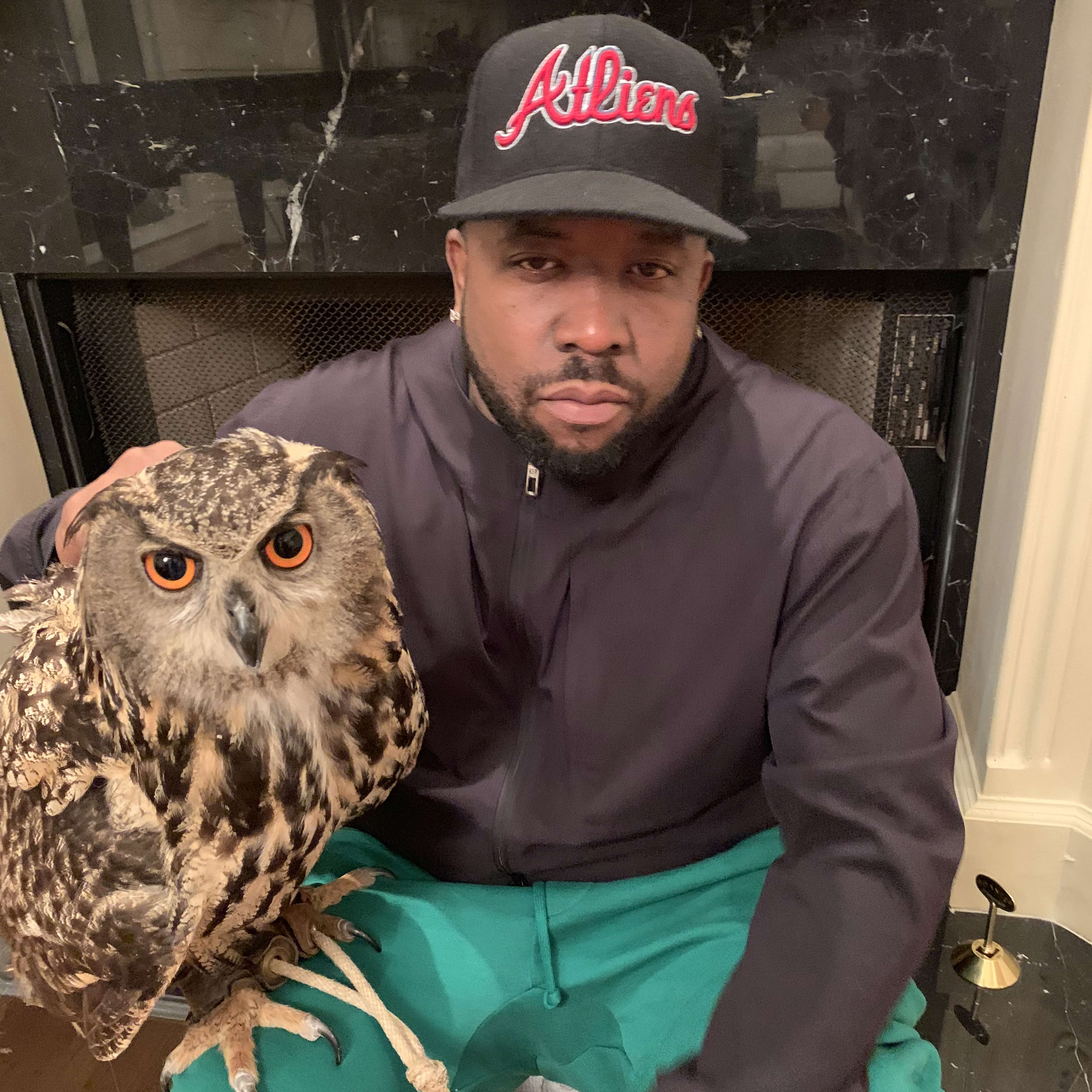
It’s been four years—maybe longer—since Sir Lucious welcomed his first owl Simon. At the time, the owlet’s trainer Roy Lau figured the rapper could use an “introductory friend.” He eventually added three more to his crew.
“I’ve had them since they were owlets. They were small, fuzzy,” Big Boi says. “They just had their down feathers, so they were little bitty ones. At first it was kind of intimidating. But once you pet them and they get to know you, they’ll just take a liking to you.”
The Atlanta legend sees his birds at least twice a month, and even has a home for them in his backyard behind a dog kennel. They spend most of their time with their handler, but when Big Boi introduces the owls to new friends in the studio, the reaction tends to be the same. “‘Holy shit,’ they back up. They get scared a little bit until they see that the bird’s not even thinking about them.”
Some of his favorite memories with the birds date back to their firsts, almost the way a father would recall his kid’s first steps. Big Boi’s voice lights up when he talks about the first time Hootie landed on his glove.
And now three-plus decades into his storied career, he’s hoping to use what he’s learned in pet ownership to spread some joy to his community. In three to five years, Big Boi tells us, he wants to own a pet shop.
“That’s my dream thing to do. If I were to take some time off and go ahead and live life, I want a pet shop, man, so I can just spread that joy with these animals. I want it to be like the dopest spot, where you can get everything you want,” he says. “Eventually, I’ll want my own zoo. My own rescue center, where I can do exotics as well. I can have a farm. I want a pet store where we sell finger monkeys and all kinds of silly exotic fish and the whole nine yards. Kinda like Pee Wee Herman.”
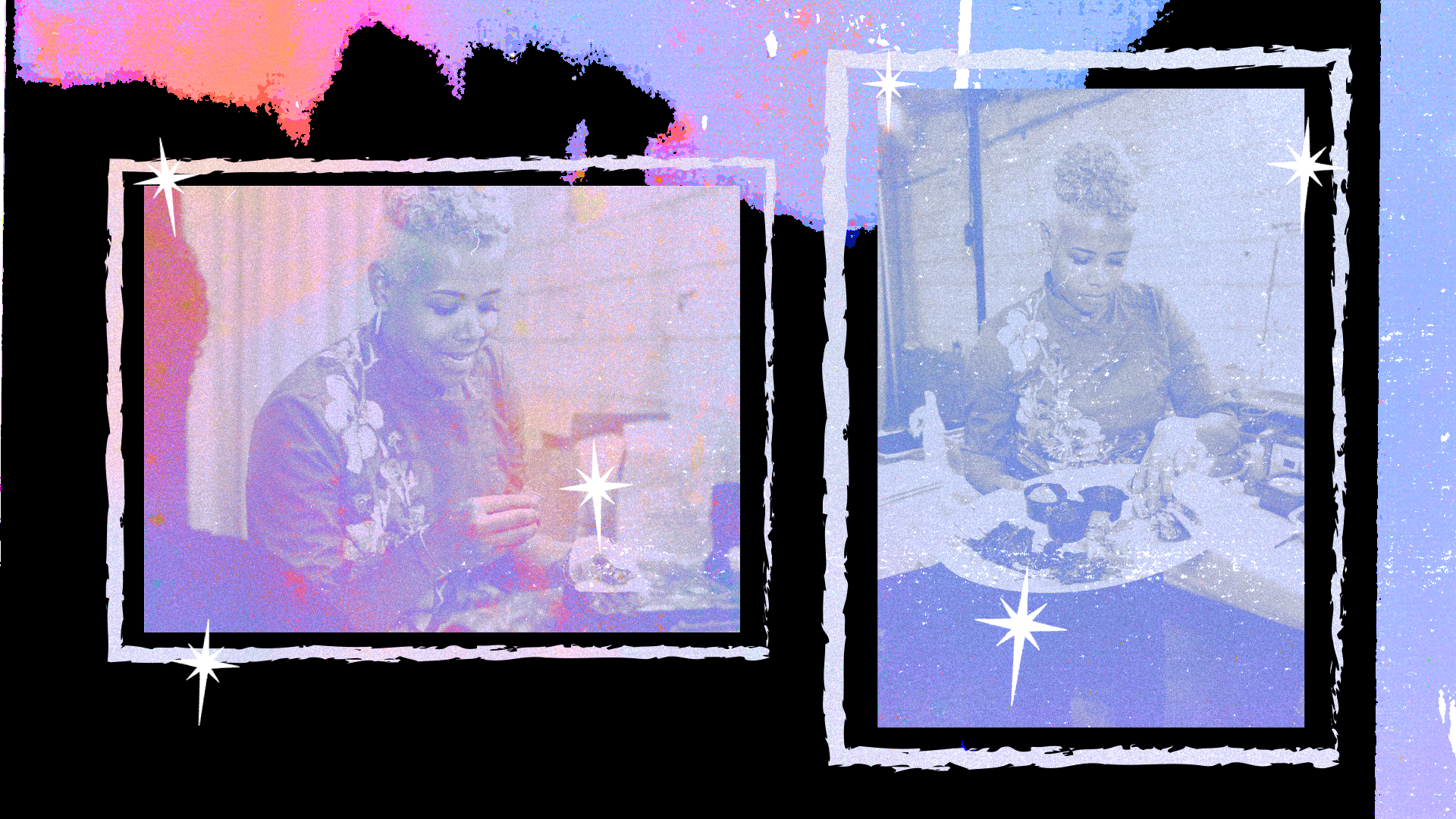
While Big Boi’s Big Adventure into pet store ownership is still very much a work in progress, Kelis and Lil Jon have turned their interests outside of music into career shifts of varying proportions.
In 2006, after the release of her fourth album Kelis Was Here and as she separated from Jive Records, Kelis made the decision to head to culinary school. “It was one of the first times when I was really free and out of a label deal that I was wanting out of for a long time,” she explains. “I really had time to do me, and for first time since I was 17, I had no music to work on. So I decided to enroll in Le Cordon Bleu.”
At the school, the hit-maker took a hobby that she was introduced to when she oversaw her mom running a catering business as a kid (“basically as her sous chef”) and turned it into a centerpiece in her life. Now she runs a business in Bounty and Full, owns a farm she bases the business out of, has released a cookbook called My Life on a Plate, and continues to share music as a nod to her love for food—from 2014’s Food to her recent single “Midnight Snacks.”
“I always cooked because of my mom, I learned through her. Probably once I started touring, I knew I wanted to eat what I wanted and found that I loved cooking for people, so I would always cook for crew and friends when on the road. Over time, of course, you get better,” Kelis says. “Everything takes time, regardless of the industry.”
“Creating and putting out my first cookbook, reminded me a lot of putting out my first album, the energy, excitement and everything that it took to put that together.” In terms of lessons she’s learned through her journey into her alternate career path, Kelis keeps it simple: “If it scares you just a little bit, then you’re probably doing what you really want deep down.”
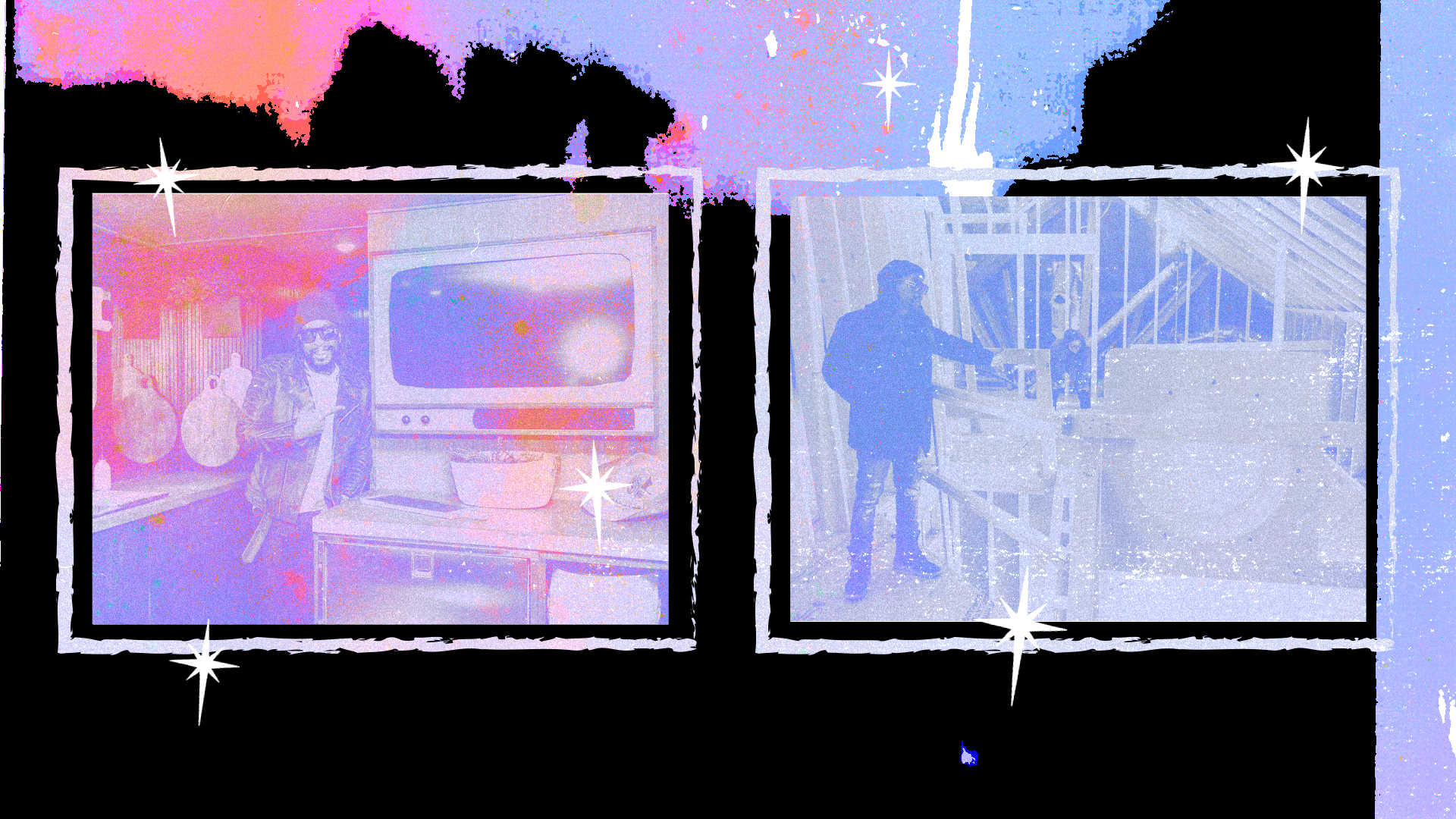
While Lil Jon didn’t go to school to tap into his newfound love for interior design, his years in the music industry have proven to be a school in itself. “I do design like I’m in a recording studio, you don’t know what you’re gonna do [in advance],” he tells us. “And especially if you meet somebody for the first time, you talk to them, you chill, you vibe. That’s exactly what we do in every home.”
Jon’s HGTV show, appropriately titled Lil Jon Wants to Do What, is currently on its second season, meaning Jon and his design partner Anitra Mecadon have tackled 12 homes together. And it all started with his own pad in Atlanta.
A couple years ago, the crunk legend’s home was flooded when a pipe burst, prompting him to binge-watch home renovation shows until he found the perfect designer to call, Anitra. After they took care of his place, the TV star’s husband recommended she and Jon make a show of their own. The rest is history. “What feels good is when you see people’s faces when you reveal to them the house. And like, you got to think about it in the sense of no one had seen my design work in this first season, the homeowners, I’d never done it,” he says.
“They’re trusting that I’m not going to make janky shit. They trust in us in their homes, but I don’t know if I could trust a Lil Jon in my house, [just to] end up seeing what he’s done, working with $50,000 to $100,000.”
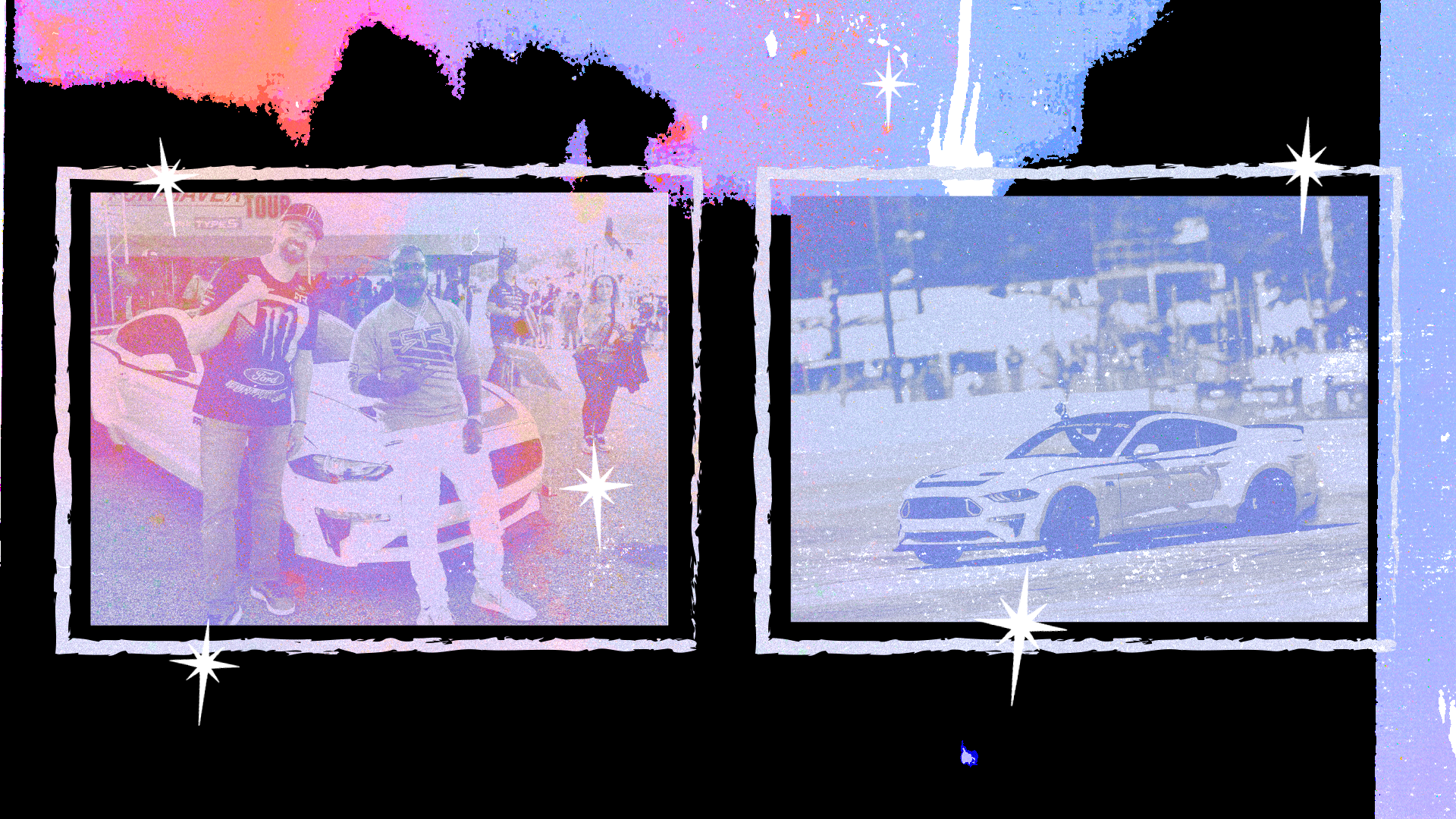
Just as Jon is trusted in the driver’s seat of home renovations, T-Pain is trusted in the literal driver’s seat.
“You have to have the confidence to give it a go without training,” T-Pain explains of drifting cars. “Drifting is controlling out-of-control driving, so the only way to try it is to let shit go. You have to have the most confidence. People do it by accident with no training, so you get to do it on purpose with training.”
After being taught to drift in 2018 by Chelsea DeNofa, a professional driver with expertise in drifting, road racing, and stunt driving, T-Pain was sold. The Rappa Ternt Sanga (Ternt Drifter) has since garnered the confidence to not only step behind the wheel, but also to put aside the notion that rappers are “only known for buying luxury cars” as he goes out “ looking for old Nissans,” he jokes. He’s even built his own drift cars, which quarantine gave him the added time to get going on after he was introduced to the hobby.
And T-Pain has already reached some major highs in the sport, after going on a tandem drift with Vaughn Gittin Jr. (who he called one of the best drifters in the world). He’s also looking to bring his hobby to a new audience, as he launched the Nappy Boy Drift Team as part of Nappy Boy Automotive in recent years, an extension of the umbrella of things all sharing the same name, which also includes his Nappy Boy Radio program and Nappy Boy Gaming.
“You know, it really was because I wanted to see more people that looked like me in the sport,” he says of launching the team. “If you think of automotive racing of any kind it’s really white dominated. I wanted to create a team and a way for people who are more like me to come on it and try it out. It’s fun as hell.”
“The process is slower than I’d like, but to do great things takes time.”
As for the rest of T-Pain’s empire of quests outside of music, like his Nappy Boy Gaming Team and his radio show, he’s in no hurry to be the best at anything—and that’s what he thinks makes it all so popular. “I’m just being myself and I’m not some professional gamer that is amazing at everything. I’m doing it to have fun and learn as I go,” he says. “My Twitch community sees that in real time. I always say to join Nappy Boy Gaming, you don’t have to be the best gamer out there, you just need to be a good fucking person.”
Sending advice to those who want to try something new, T-Pain, who is arguably the best person to give such advice, makes his message loud and clear. “You never know until you try. I think all artists have skills and interests outside of music, but maybe they don’t publicize it like that. That would be boring as hell if they didn’t,” T-Pain says. “For me, it helps give inspiration for the music and also to not burn out.”
“When I’m not feeling creative musically, I play games, I work on my cars, I go out drifting, and that in return helps my mind not focus on just creating something and it comes more naturally.”

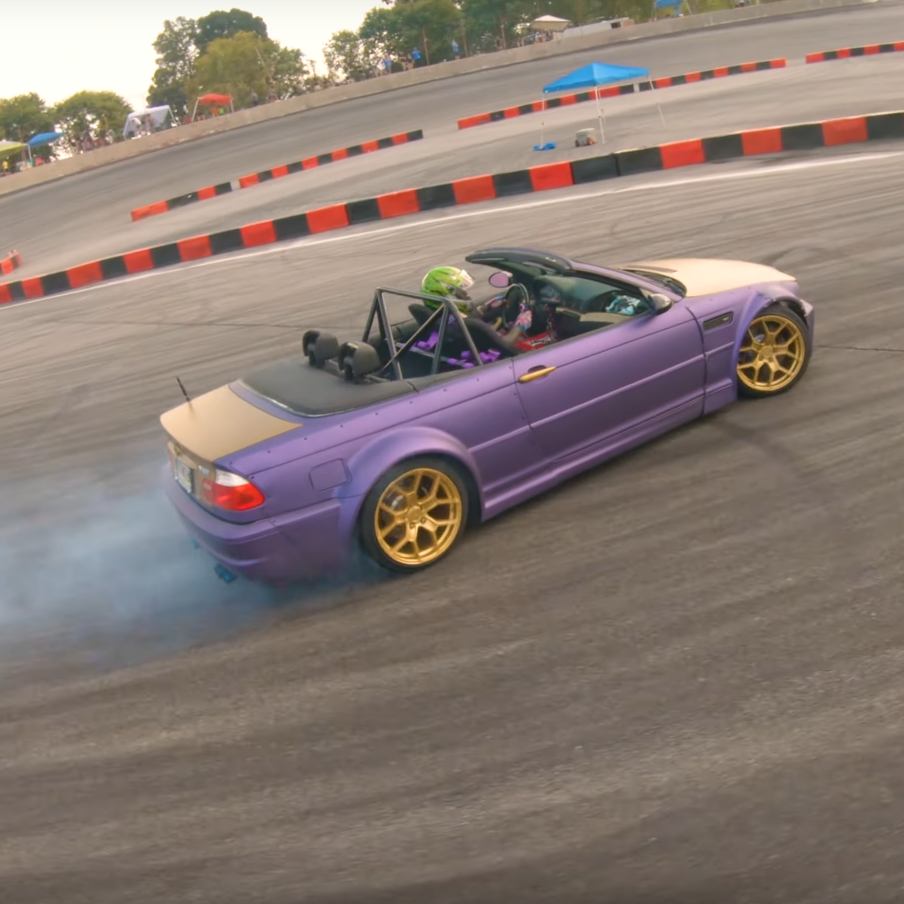
‘BMF’ Casts 2 Chainz and Ne-Yo in Recurring Roles for Season 3
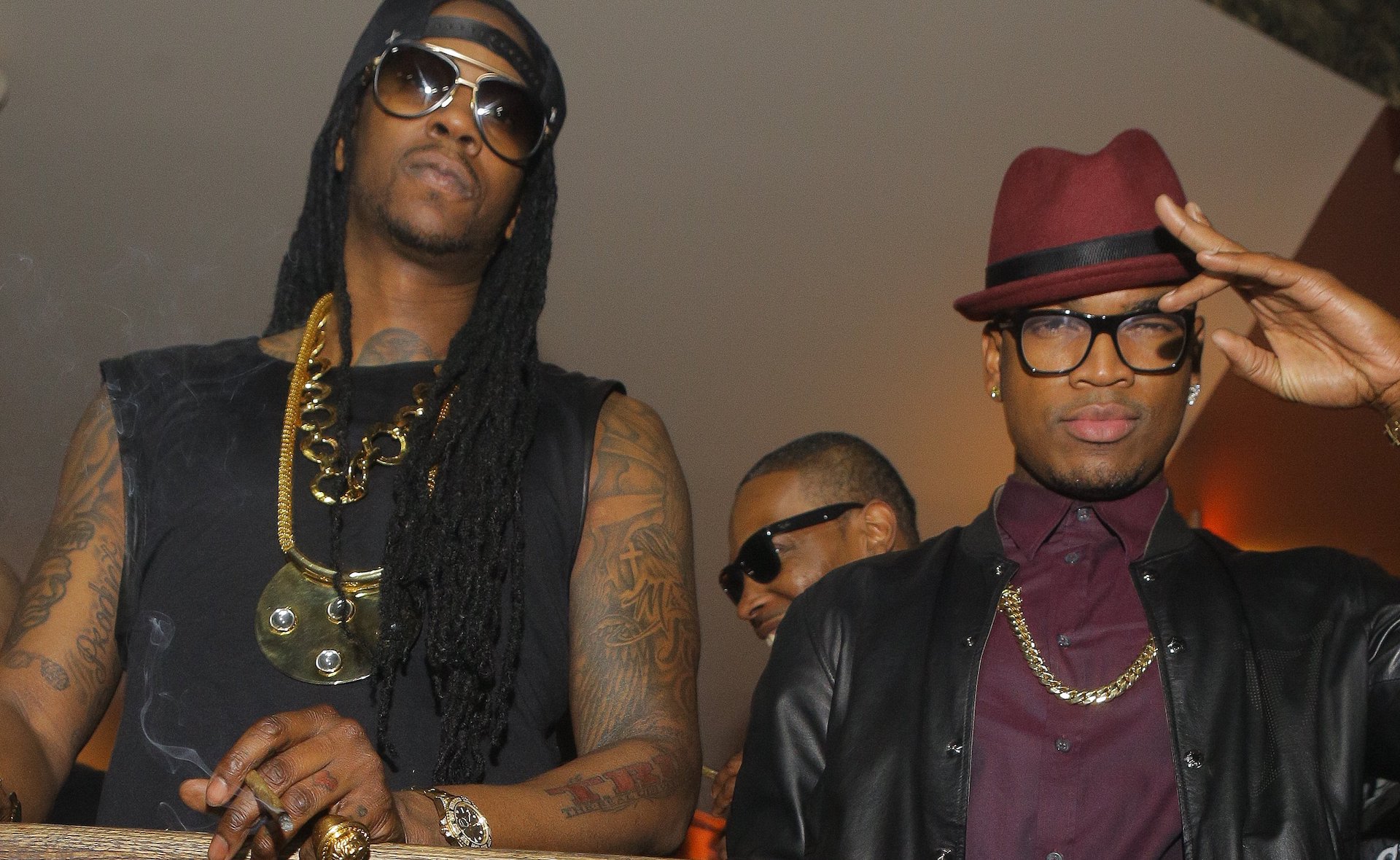
These Documentary Filmmakers Are on a Mission To Elevate Hip-Hop Storytelling
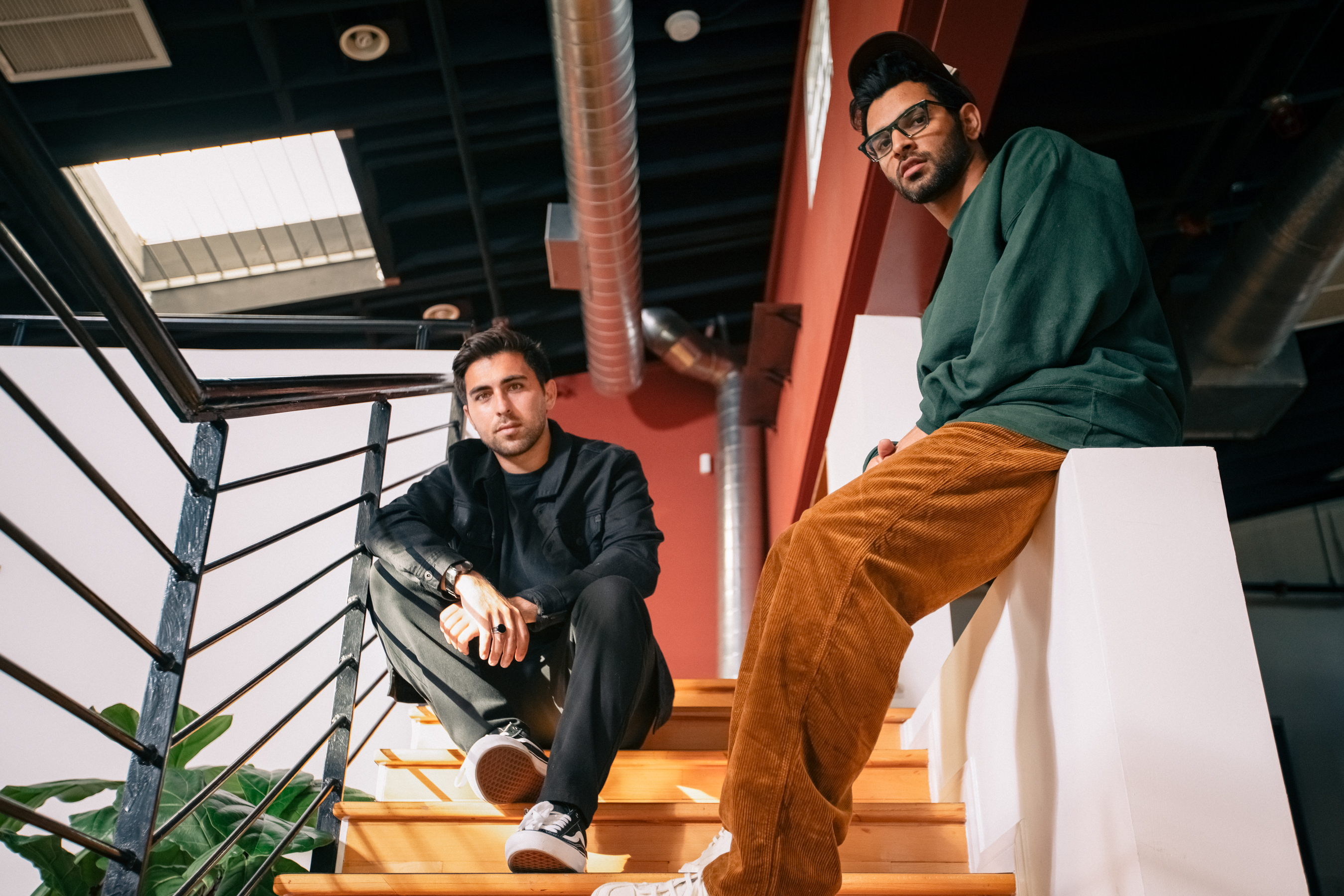
On ‘City Girls: The Series’
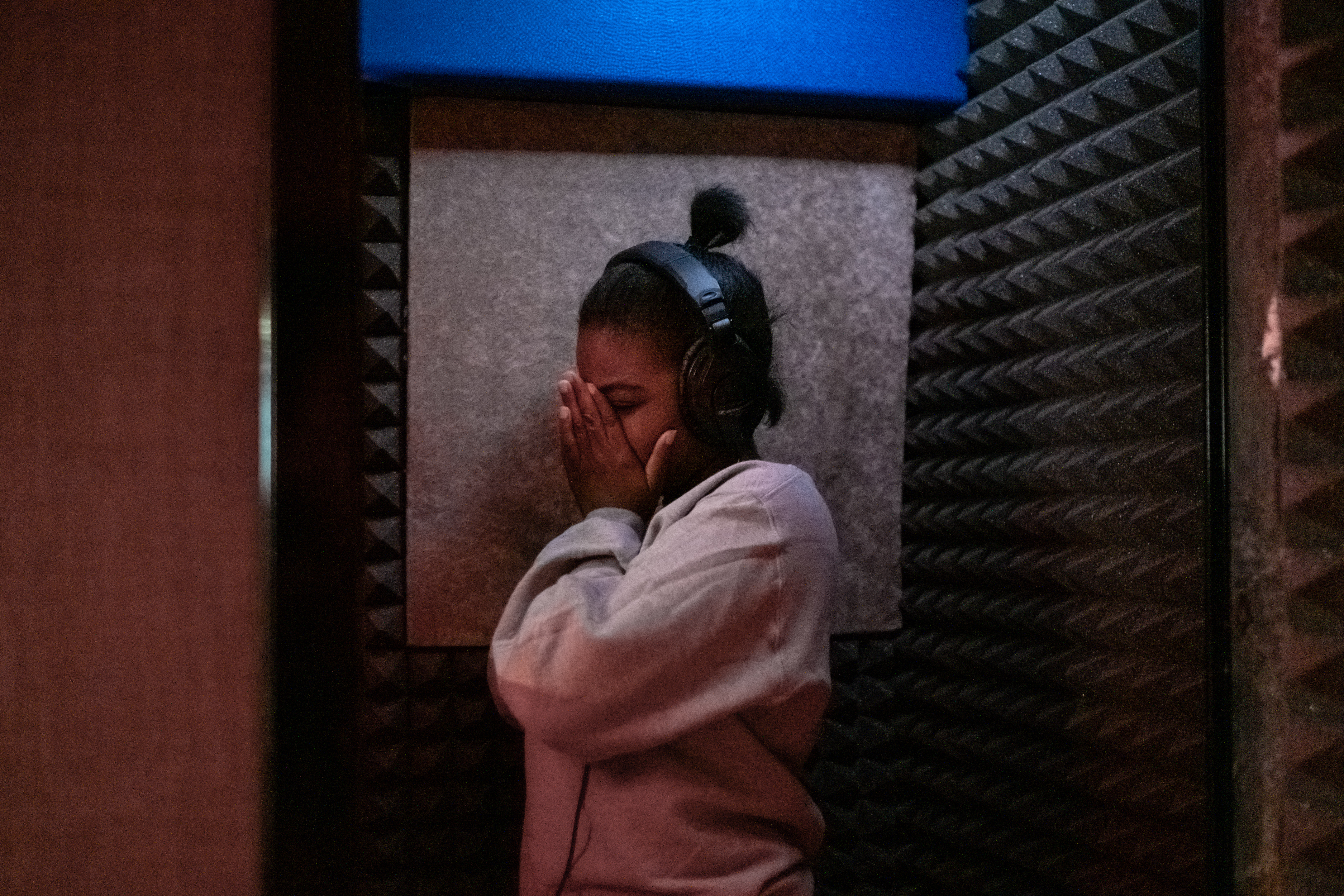
In 2019, JT of the City Girls was released from prison after serving over a year of time for credit card fraud charges. They went back to work immediately, releasing “First Day Out” that day. Here’s how the MGX guys would describe their project, which documented that time:
Gill: Unapologetic creative expression. That project is saying that [even when] in the face of people criticizing and trying to take you [down], when people are unapologetically creative and not contrived, that’s something that truly inspires people. When you’re unapologetically you in doing you and people are uncomfortable—that’s the sh*t moves the needle for a lot of people, in this case, a lot of women, a lot of men too. And I think it’s important.
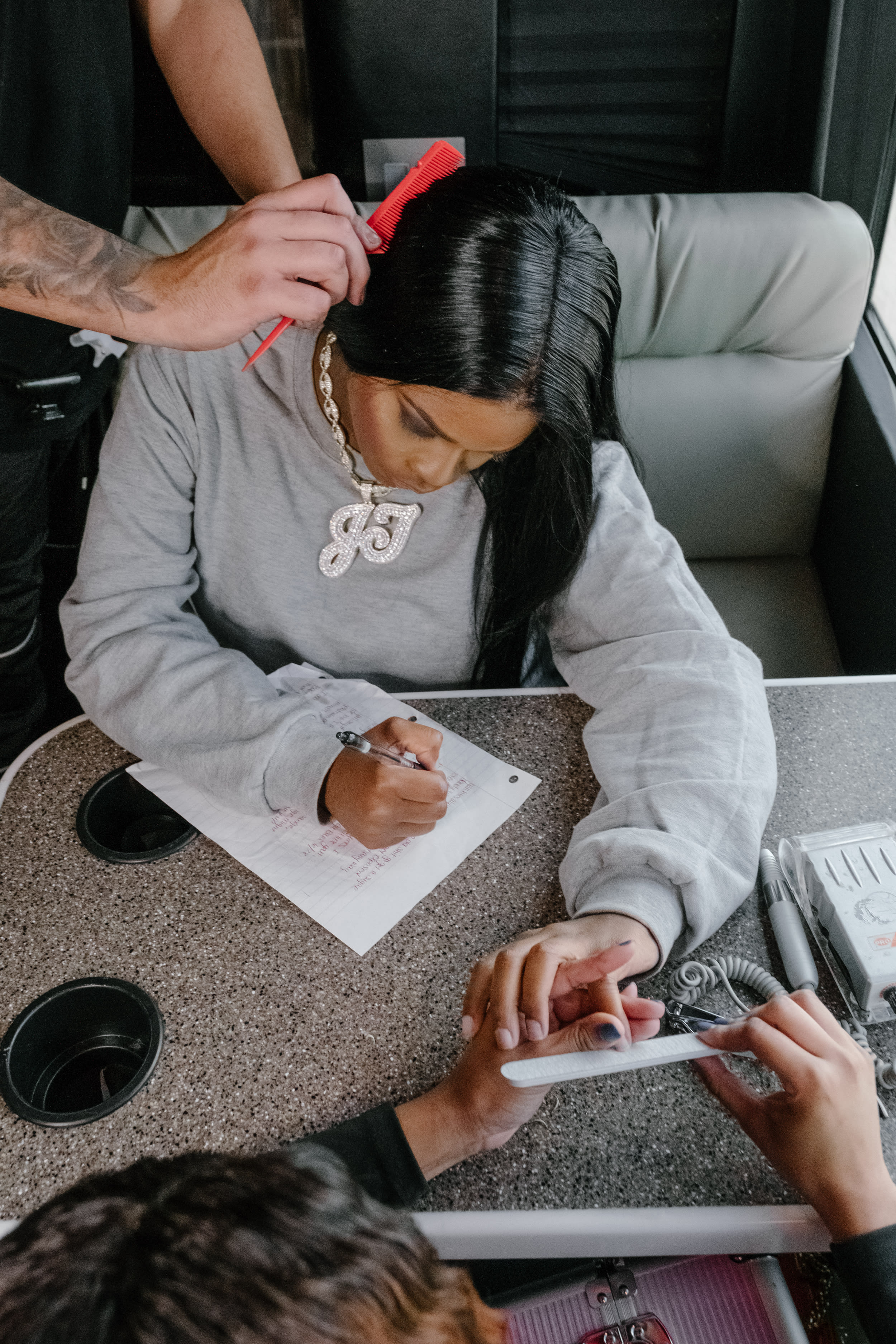
Malikyar: One other thing to add to that too would be friendship and loyalty. It was cool to see the relationship between the two of them and how genuinely loyal they were and looked out for each other in the different roles they play in that friendship. Because I would hope everybody has a best friend or that figure in their life. I feel like they’re representative of that relationship for other people in their own way, of course. But that bond is still the same.
On Marshmello’s Projects
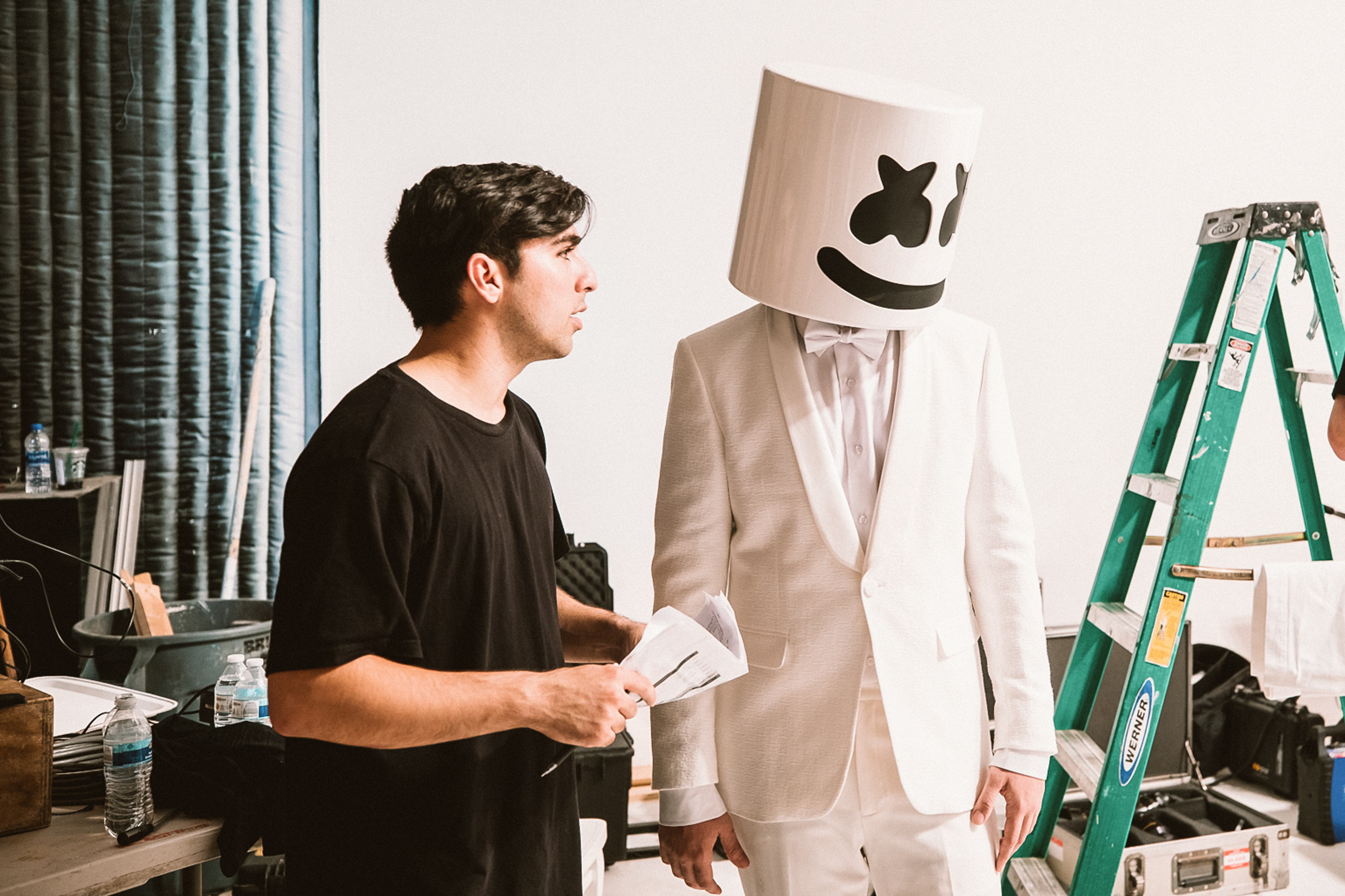
For the first few years of their career, while still in college, they worked to help further define Marshmello’s brand and tackle the question of ‘why is this silent sensation dominating our culture?’ Here’s how they would define what he illuminates:
Malikyar: I think humanity would be one and connectivity would be the other. And the reason why is the ethos behind the idea of Marshmallo is that we are all Marshmallo. He’s a character. It’s open for interpretation. It’s so global, everybody sees themself in Marshmalloe and you can beat anything. And it’s supposed to shed light on the fact that this character is a little piece of all of us. And it serves as a medium to express that idea. It’s almost like the superhero, the Batman, the whatever, you put on that helmet and you can be whoever you want to be type of thing. I don’t know if you have anything to add to that.
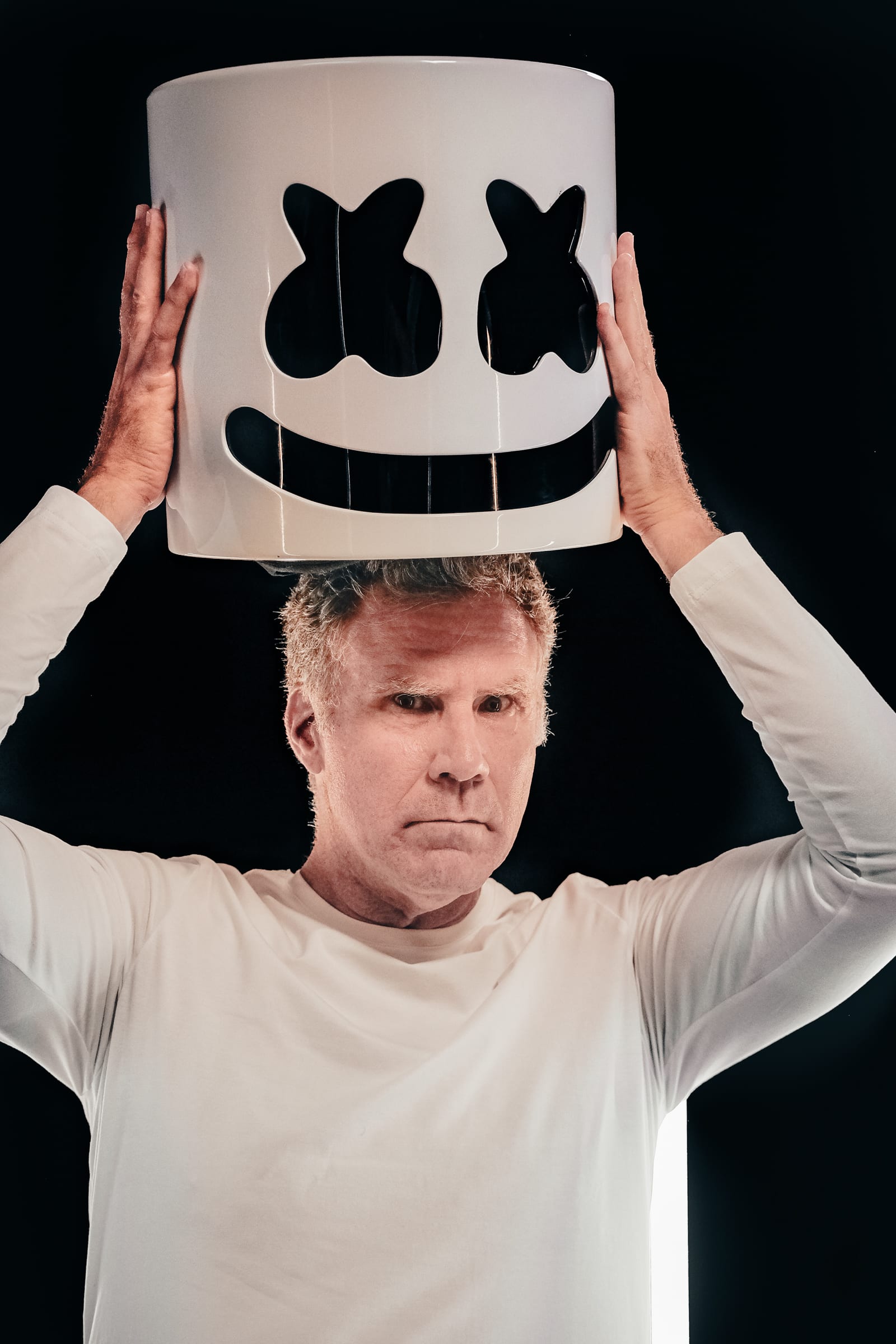
Gill: His character doesn’t speak yet for some reason it’s cut through in all these different communities around the world, which all that says is that we’re a lot more connected as people than we all think. And I think what our music video series did was the goal of it was to create, and if you get time to watch any of them, one of them is about bullying, one about first love, one about your friends moving, one’s about problems you go through at home. These things that humans—whether you’re in India, the Philippines, Kentucky or Los Angeles—are experiencing. The connected aspect of the brand was really what we tried to do with these music videos. And what we tried to [have] people understand [is] that we’re all connected.
On Takeoff
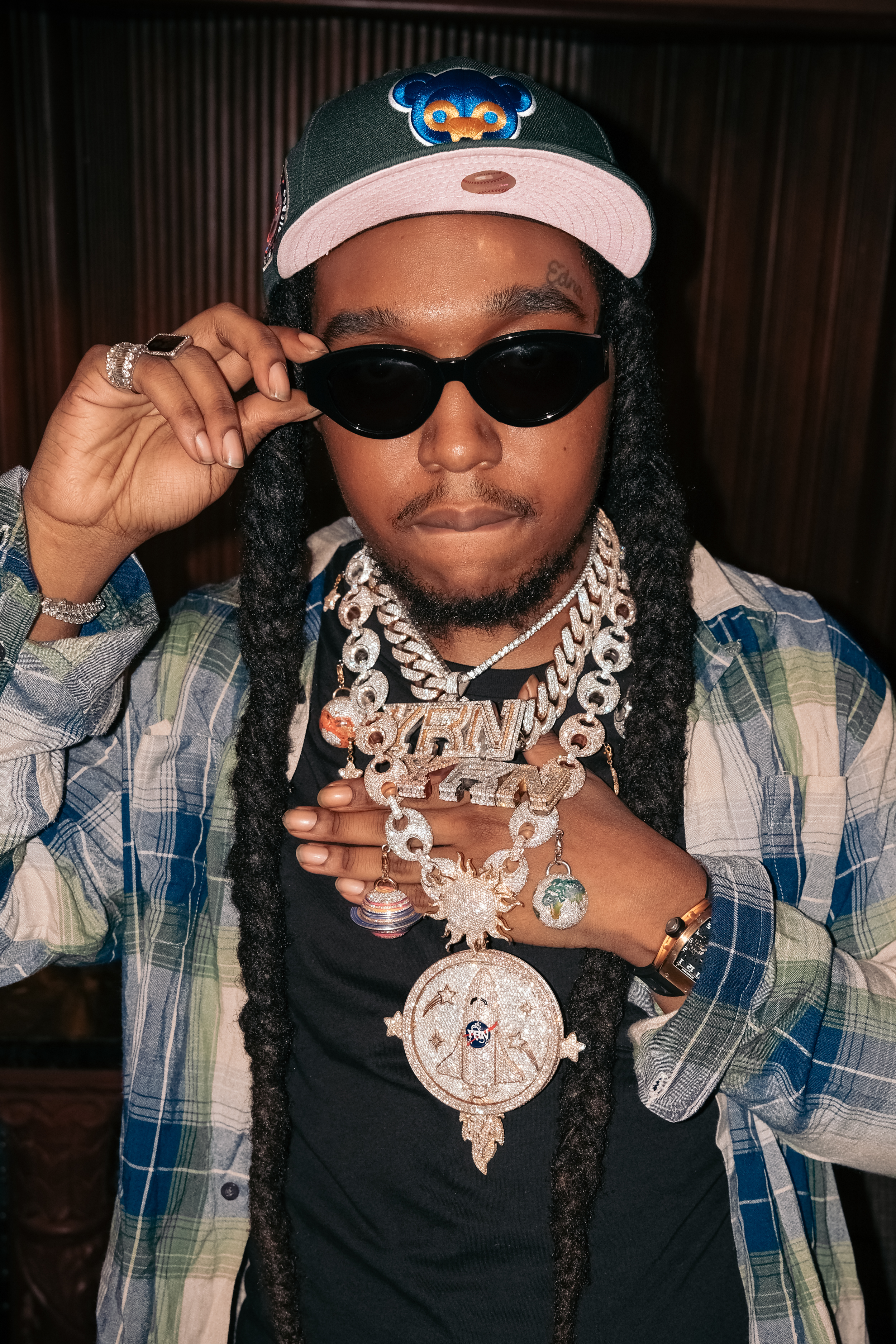
On Nov. 1, 2022, Takeoff was killed at the age of 28. The guys process, and reflect on their time with the Migos, then Unc & Phew, member:
Gill: It’s just really heartbreaking from the times that we worked with Takeoff, he was genuinely the nicest, most kind, thoughtful would stay after the shoot for hours to talk. I remember after one of the shoots, he stayed after an hour just to play [Culture II] for Daniel and I. And we were just like, “Wow, what a nice human being.” So through the documentary medium, you get to really connect with some of these artists in a vulnerable kind of human way that you can’t really if you’re shooting their music video or they’re in a commercial per se. We were able to get a lens into these artists’ world, and by no means did we have a 20-year relationship with them, but through these projects, we got to know them in a certain way and I guess the simplest way to put it is it’s just heartbreaking.
Malikyar: One other note, too, just reflecting on it, it just also shines a light on the fragility of everything.
On ‘Untrapped: The Story of Lil Baby’
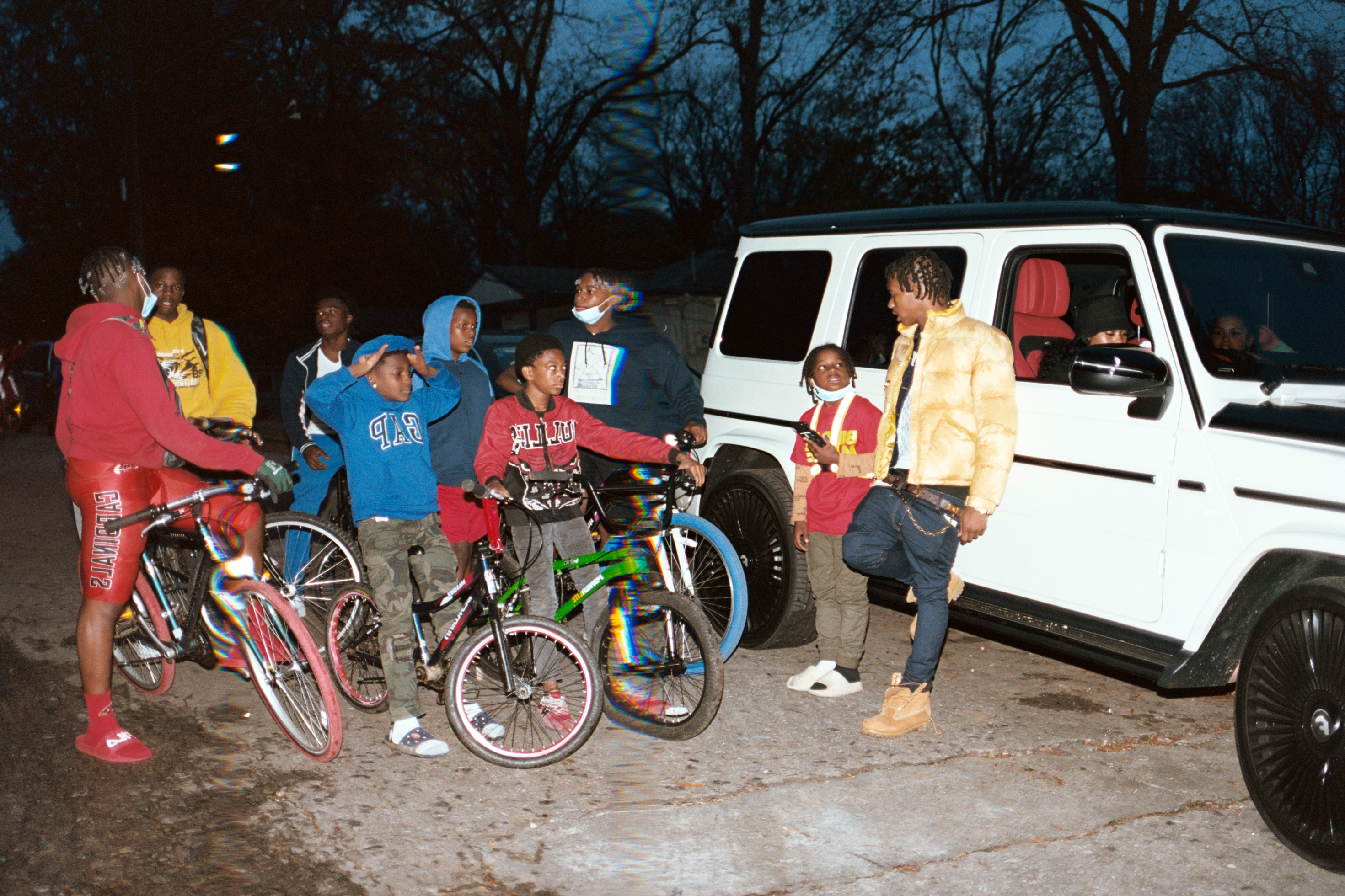
Over the course of 12 months, MGX Creative shadowed Lil Baby and told his story and those of many in his city. They process on what the project brought to light:
Gill: Socioeconomics and growth. Baby’s story illuminates a lot of the larger socioeconomic issues that our country is facing now and has been facing and the communities that exist because of that, that don’t ever get talked about. And people don’t ever take the time to actually understand, not from a baseline level, from a deeper mental, psychological level. The fact that doc about being mentally trapped because of where you’re from, have not seen that presented that way. The socioeconomic trap is not just a physical, monetary, literal trap; it’s also the mental world that America creates for certain communities. That’s the first part.
The second is growth; being able to see the power of growth in an artist in a person of color is so important to highlight because it’s going to allow other people of color and other individuals that may feel trapped to say, well if they can do it. Maybe I can do that. Maybe I won’t be the biggest rapper. Maybe I’ll be able to put myself through college. Or maybe I won’t be the biggest rapper. Maybe I’ll be able to go get a job at an insurance company. Whatever you’re thinking.
Fun Fact On ‘Ice Cold: A Hip-Hop Jewelry Story’
The artist who turned rappers into Renaissance paintings for the trailer of Ice Cold: A Hip-Hop Jewelry Story was an 18-year-old in Florence, Italy, with under 200 followers at the time.
T.I. Responds to Boosie Badazz Saying He Nixed Joint Album Over Tip Snitching: ‘This Sh*t Ain’t Solid’

Cardi B’s History of Bringing Awareness to Whatever She Wants

-
Former President Donald Trump’s Government Shutdown
-
Celebrities’ Spreading of COVID Misinformation
-
‘Blue Check Republicans’ & Police Brutality
-
Her Afro-Latina Roots
-
Mommy How-Tos
-
The War in Ukraine
-
The Recession
-
Hair Care Advice
-
Inflation
